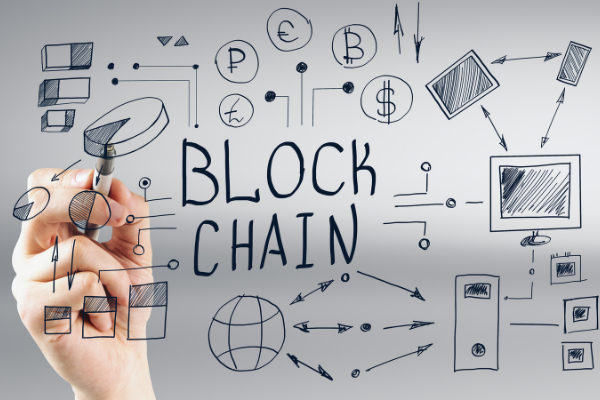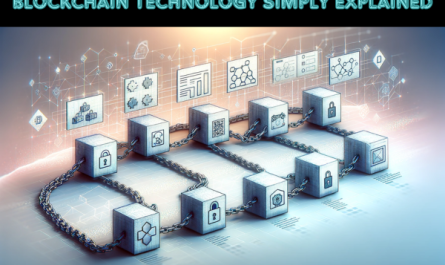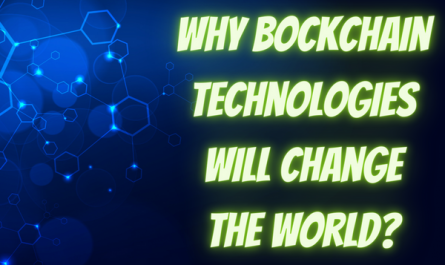A cryptocurrency can be defined as a digital medium that is assigned a certain value and can be used as an exchange. These types of currencies use cryptography to validate and protect all their transactions.
Cryptocurrencies that have a real equivalent value, or that can be used as a real currency, are known as “convertible”, bitcoin being the most obvious case of convertible currency.
Some of the advantages and solutions provided by cryptocurrencies are: eliminating the printing of money, giving people control of their own money, eliminating third parties and helping people without access to means of payment.
Cryptocurrency exchanges are online platforms where we can buy cryptocurrencies or exchange them with each other. They would be the equivalent of the classic stock exchange or currency exchange centers, for example.

Within these exchanges there are different types depending on a series of characteristics: traditional, cryptocurrency brokers and direct trading.
Today, there are thousands of cryptocurrencies and many of them were inspired by or even directly extracted from the Bitcoin code. Collectively, these descendants of bitcoins are known as “altcoins” or alternative cryptocurrencies.
The relationship between blockchain and the healthcare sector is one that can and in many cases already does bring very positive things to the healthcare sector itself and thus, directly, to people.
One of the first things in which blockchain can help the healthcare sector is in solving the serious problem it suffers in the form of security breaches. However, it is not the only sector where it can provide solutions to existing weaknesses. Other examples are: pharmaceuticals, healthcare institutions and providers, and consumer-provider relationships.
The transportation and logistics (T&L) sector is one of the sectors that can benefit the most from all the advantages that blockchain brings, however, due to lack of collaboration within this sector, it is causing its adoption to be much slower than would be expected.
Despite this there are already consortiums such as Global Shipping Business Network, formed by 9 companies (CMA CGM, COSCO Shipping Lines, Evergreen Marine, OOCL and Yang Ming, DP World, Hutchison Ports, PSA International and Shanghai International Port) that aim to improve speed, transparency, collaboration and promote digitization through the use of blockchain.
The biggest pain points that blockchain can address in the T&L industry are: control over the origin of goods, end-to-end tracking, and invoice and payment management.
The future of data storage is increasingly on blockchain not so much because it is still cheaper than the services we have today but because it is cooperative.
The biggest benefits that cloud storage can take advantage of from the use of blockchain are: drastic reduction in operational cost, privacy, redundancy and open source.

But creating a true sharing economy is not about selling but about sharing. The problem with the sharing economy is that there are a few large companies that dominate the market. While these companies provide a decent user interface to connect people, people cannot communicate with each other outside of the platform without violating the terms of service.
The peer-to-peer connection that Blockchain enables, eliminates the need for a middleman like Uber or Airbnb, which controls the user’s identity and transaction data which, in turn, would allow for reduced or even eliminated fees for these middlemen. This allows those with something to share to connect directly with those who want or need to borrow. The parties agree on the price and transfer it securely in cryptocurrencies.
The military sector is another major player in society that is implementing blockchain for different purposes. Some of them are:
– Military drones: the convergence of AI and blockchain with drone technology creates formidable possibilities in military applications.
– Battleships: decentralization of battleship weapons control is a key advancement in current military strategy with respect to security.
Blockchain technology can also solve some of the problems with loyalty programs encountered by traditional e-commerce by connecting owners and users of multiple programs.
Through blockchain, users can receive and redeem loyalty tokens that are interoperable across multiple programs. These tokens never expire or lose value, unlike traditional reward points.
There are companies such as Singapore Airlines, whose frequent flyer program KrisFlyer would now be reinvented as KrisPay, a kilometer-based digital wallet that members could use to convert those same kilometers into a form of digital payment at other merchants.
Thank you very much for your attention and congratulations for finishing this course, share it with your friends interested in the exciting world of Blockchain.




